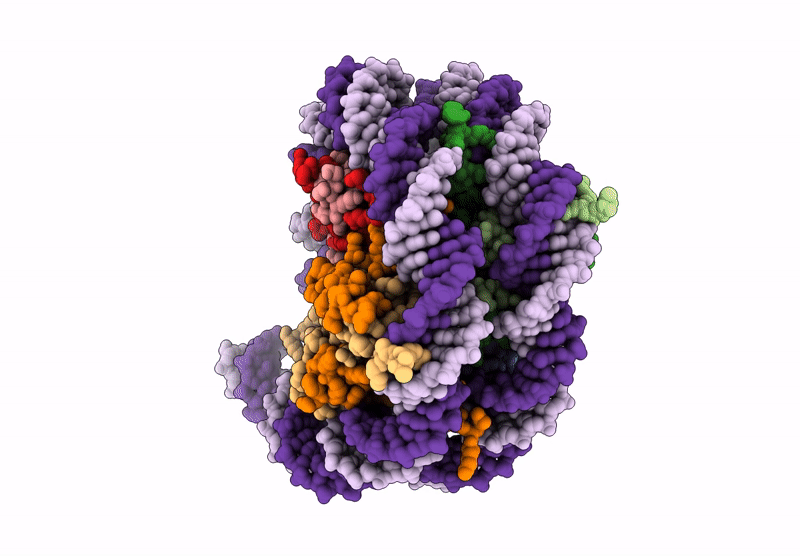
Deposition Date
2020-05-13
Release Date
2020-09-16
Last Version Date
2025-05-28
Entry Detail
PDB ID:
6WZ5
Keywords:
Title:
Bridging of double-strand DNA break activates PARP2/HPF1 to modify chromatin
Biological Source:
Source Organism:
Xenopus laevis (Taxon ID: 8355)
synthetic construct (Taxon ID: 32630)
synthetic construct (Taxon ID: 32630)
Host Organism:
Method Details:
Experimental Method:
Resolution:
2.20 Å
Aggregation State:
PARTICLE
Reconstruction Method:
SINGLE PARTICLE


